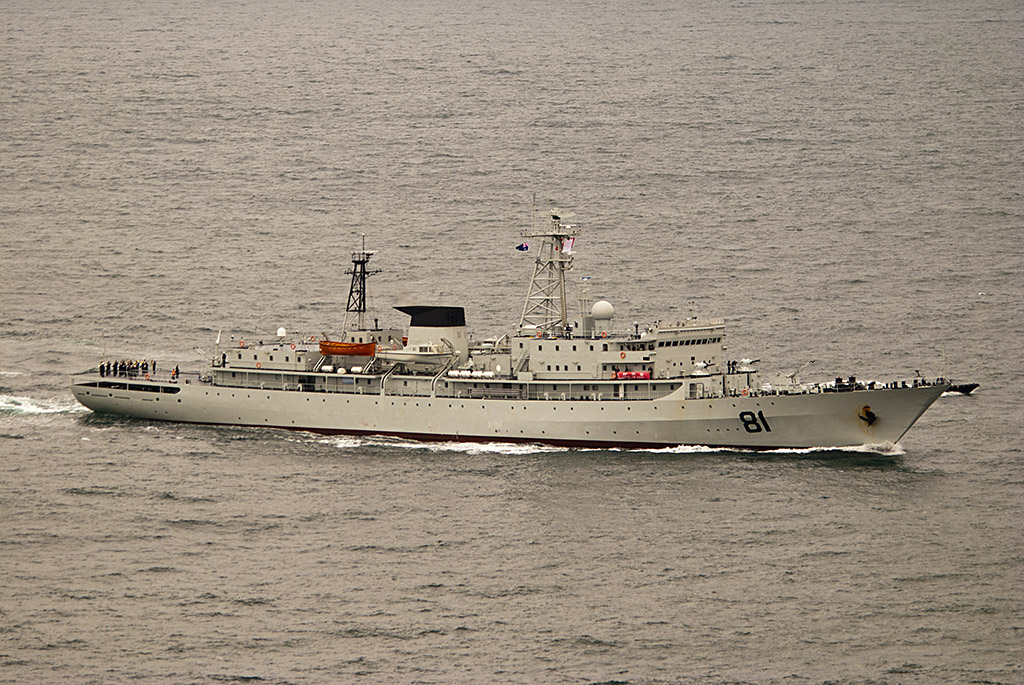China’s various maritime actors are increasingly being coordinated and directed by senior policymakers as part of a larger strategy aimed at protecting China’s sovereignty and maritime rights. The first signs of strengthened coordination and supervision were evident as early as mid-2012, when Chinese maritime vessels and Chinese fishing boats—with People Liberation Army Navy (PLAN) ships over the horizon—seized control over Scarborough Shoal, an unoccupied reef, after a ten-week standoff with the Philippines. Chinese experts dubbed the layering of fishing boats, law-enforcement ships, and naval vessels around disputed territory a “cabbage strategy.” China subsequently applied the tactic to the Senkaku/Diaoyu Islands in the East China Sea. Although Beijing has not wrested control of the islands from Japan, it has nevertheless posed a challenge to Tokyo’s administrative control over them.
In mid-2013, China implemented the “cabbage strategy” again when it deployed the deep sea oil rig, Haiyang Shiyou 981, in waters off the coast of the Paracel Islands and in Vietnam’s 200 nm Exclusive Economic Zone. As Patrick Cronin wrote at the time, “China has created a cordon sanitaire around the rig by deploying military, coast guard, and fishing vessels in three concentric patrol circles.” A few months earlier, Chinese Coast Guard ships tried to prevent the Philippines from delivering food, water, and fresh troops to their military outpost on Second Thomas Shoal, a submerged reef in the Spratly Island chain. Chinese aircraft flew overhead and PLAN ships observed from a distance. These examples are a consequence of senior leadership direction over the operational activities of China’s maritime actors, and demonstrate their skillful synchronization.
Direct orders are reportedly being given to warships and surveillance vessels by the “Central Maritime Rights Leading Small Group” (zhongyang haiyang quanyi gongzuo lingdao xiaozu), which Xi Jinping has headed since its creation in September 2012. The group also includes senior representatives from the State Oceanic Administration and the PLA General Staff Department, as well as the most senior official in charge of foreign policy, State Councilor Yang Jiechi. According to Asahi, the members “give instructions to warships and surveillance vessels in the disputed waters over radio or television phone.” Another key decision making body is the “Office to Respond to the Diaoyu Crisis” (diaoyudao yingbian xiaozu), which Xi also heads.
To be sure, China’s numerous maritime actors at times act independently of the central government and pursue their parochial interests. Such autonomous activism can make China’s behavior in the near seas of East Asia unpredictable and result in heightened tensions or even conflict, as argued by Linda Jakobson. But in the instances where China’s maritime behavior has been most aggressive and destabilizing, the actions of its various maritime players have been coordinated and purposeful. When necessary, Beijing can effectively direct the military and the various maritime law enforcement agencies in support of its overall strategic objective. That objective is to advance Beijing’s control over its near seas to the extent possible based on China’s capacity. Greater control is deemed necessary to defend Chinese sovereignty and maritime rights.
The United States must correctly assess the causes of China’s assertive maritime conduct if it is to formulate an effective response. It can use deterrence and dissuasion strategies to alter the calculus of Chinese decision makers if provocative actions are directed and coordinated from above. The Obama administration has taken a number of steps, including enhancing maritime domain awareness of Japan and the Southeast Asian littoral nations, strengthening regional security architecture, prodding China to implement confidence-building measures with Japan and adopt a Code of Conduct with ASEAN, and prioritizing China’s regional maritime behavior in bilateral US-China discussions. These efforts will need to be sustained and bolstered in 2015.
